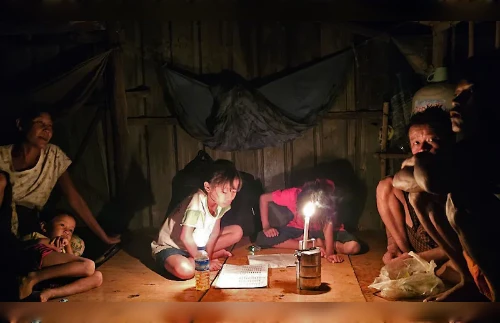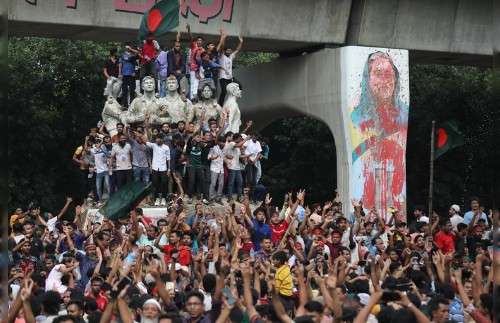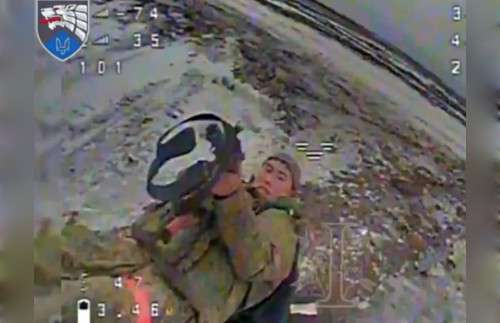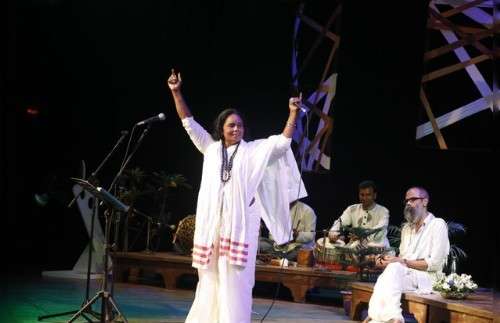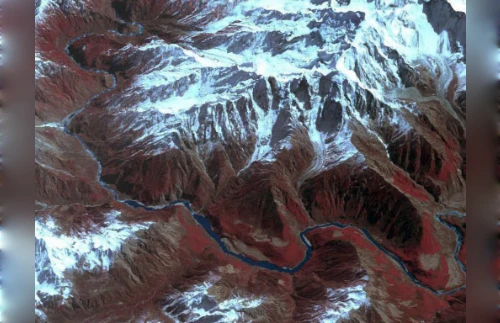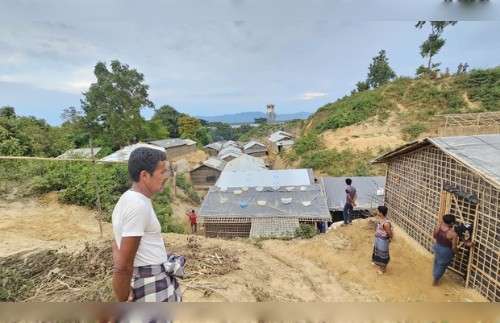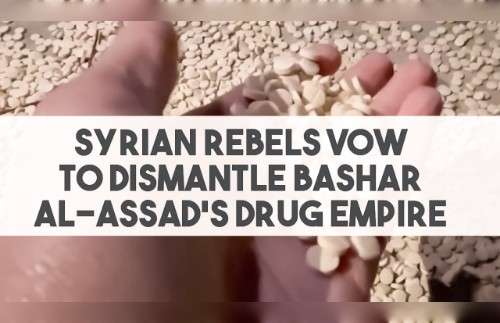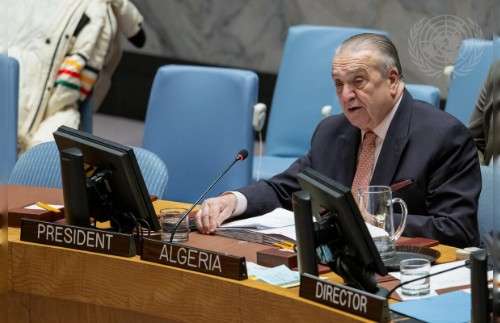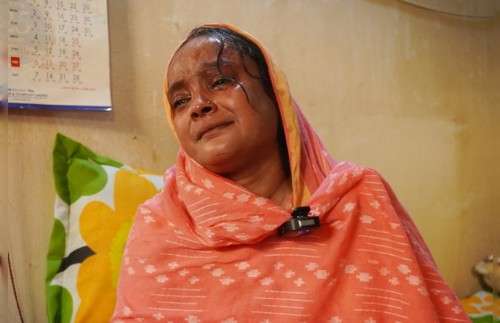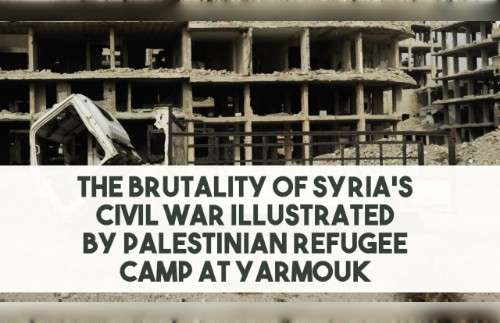An Islamic organization buried over 100 unidentified bodies linked to July, August rallies in a Dhaka cemetery.
Jesmin Papri and Sudeepto Salam/Dhaka
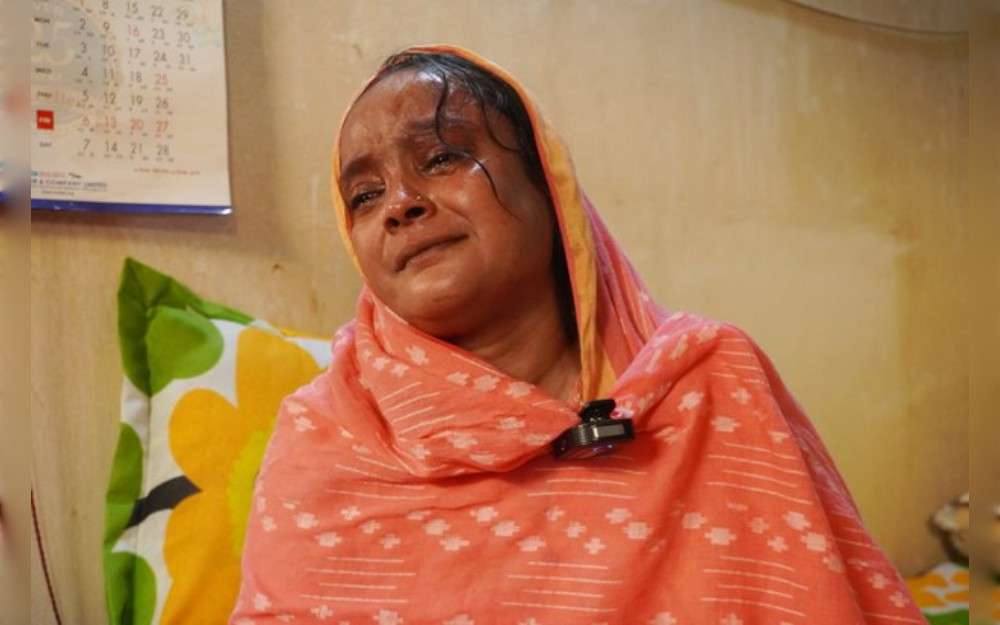
Mousumi Akter had cooked fish and telephoned her son Maruf Ahmed, 17, to join her for lunch on July 21, 2024.
Before ending the call, Maruf said he was on his way – only to be never heard from again. Mousumi said she believed he disappeared after joining a Bangladeshi student-led anti-government protest.
“He left home at 10 a.m. He was wearing a black T-shirt. I called him at 1 p.m. and he said he was in the housing area,” Mousumi told BenarNews as she recounted events from that day.
“Later, at 1:30 p.m., I told him I’d cooked pangasius fish and asked him to come home for lunch. He replied, ‘I’m coming,’ and hung up. Since then, his phone has been off,” she recalled, breaking down in tears.
Her son was among people who went missing and remain unaccounted for after taking part in mass protests that led to the fall of Bangladesh Prime Minister Sheikh Hasina in early August
Relatives of the missing – whose exact number is unknown – are demanding accountability from the country’s transitional government and say authorities have been too slow to act to help them find out what happened to their loved ones.
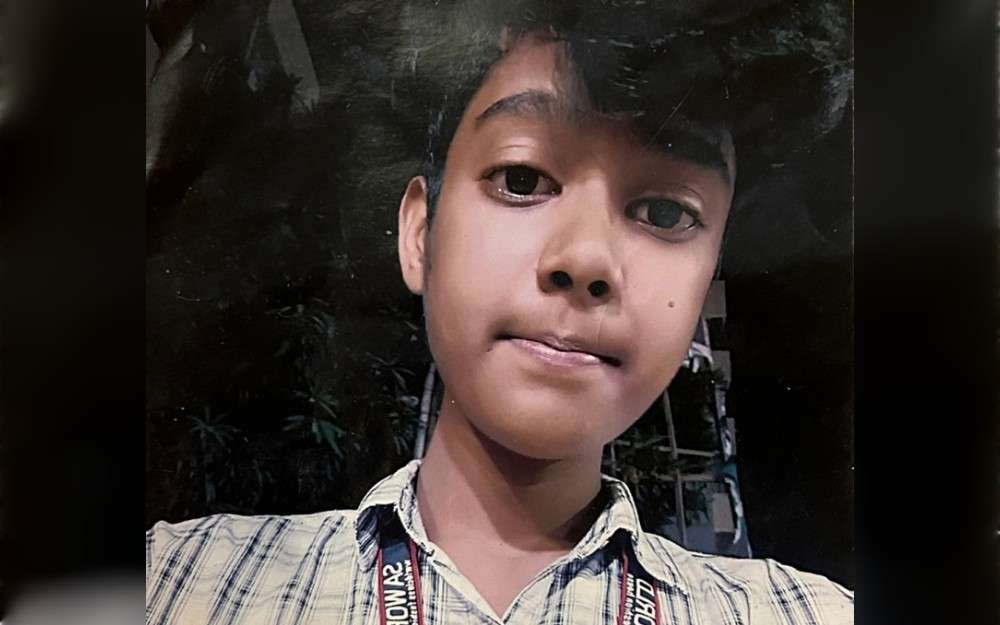
Maruf’s case is not isolated.
On Aug. 5, Moniruzzaman Milon, 30, joined a rally following news of the collapse of the Awami League government earlier that day.
His wife said she spoke to him one last time at around 3 p.m.
“The following day, we searched every possible place for Milon, including hospitals, clinics and morgues in Ashulia and Dhaka. But there was no trace of him. We are still looking for him,” his older brother, Samiul Hossain, told BenarNews.
While the fates of Maruf and Milon are unclear, the interim government led by Muhammad Yunus recently released a draft list of 858 people killed in the protests.
That figure is almost half the death toll of 1,581 released in a report by the health affairs subcommittee of the Student Movement against Discrimination, the organization of university students that spearheaded the uprising against Hasina and her party.
Many of those who died in July and August 2024 protests were buried as unidentified in Dhaka’s Rayerbazar Cemetery and elsewhere.
Anjuman Mufidul Islam, a voluntary organization, conducted 80 burials in July and 34 in August. The organization suspects that many of those who were not identified were killed during the protests, though the exact number remains unclear.
Families of missing persons and human rights defenders have expressed concern that, despite authorities’ claims, investigations are progressing too slowly.
Human rights activists have pointed out that the graves do not identify those who are buried there.
“The unclaimed bodies could be a major obstacle to determining the exact number of martyrs in the uprising,” said Kamal Uddin Ahmed, former chairman of the National Human Rights Commission.
In Bangladesh, those who were killed during protests and other upheavals often are referred to as martyrs.
“Without action, the sacrifices of those involved in the movement will go unrecognized. The state has a moral obligation to fulfill this responsibility,” he told BenarNews.
Two young activists, Imran Mahfuz and his friend Arafat, wrote to the Home Ministry requesting answers about the lack of action in identifying the unclaimed bodies.
“Whose responsibility is it to identify the missing and unclaimed? Surely it’s the state’s,” Mahfuz told BenarNews. “We’ve written to the ministry asking about their plans, but haven’t received a response.”
Ministry officials did not respond to BenarNews requests for comment.
Lack of cooperation
Milon’s brother, Samiul, shared his frustration with BenarNews.
“The police have not been of any help. They haven’t even received a general diary. My brother’s wife and I visited Ashulia Police Station three times, but we couldn’t file a GD. What kind of help can we expect from the state?” he said.
In response, the Ashulia police inspector (investigation) Md. Kamal Hossain questioned the allegation that it was not accepting general diaries – written documents of complaints filed with the police.
“There is no record of anyone named Moniruzzaman Milon being reported missing,” Hossain told BenarNews. “This should not have happened. After Aug. 5, our station has registered the highest number of 68 cases.”
The Health and Family Welfare Ministry established a special cell on Oct. 27, 2024, to collect reports of missing persons linked to the mass protests. The cell reported it had not received complaints but expected to collect them from police.
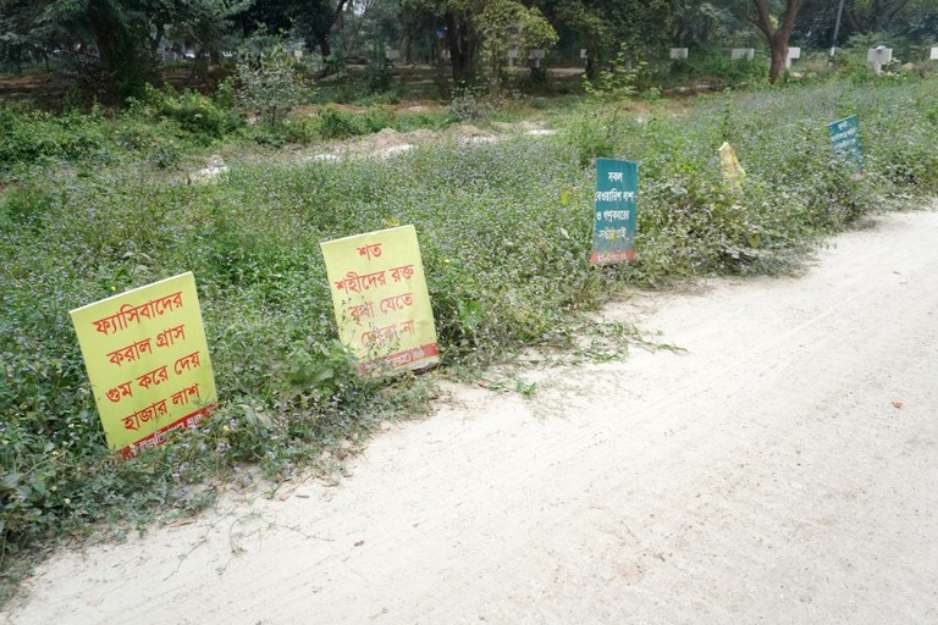
Md. Sayedur Rahman, a special assistant at the ministry, admitted that identifying the missing was a complex process that has seen little progress.
“Families must first apply to identify missing persons. We then need to locate burial sites, secure legal permissions, collect DNA samples and analyze to identify bodies,” Rahman told BenarNews.
“Typically, missing person reports are filed with the police, and the information hasn’t been directly shared with us.
“We would like to inform people through you [the media] that they can report missing individuals directly to us. If anyone knows of any graves, they can report those as well,” he said, adding the information is needed to determine how many people are missing.
A mother’s struggle
Maruf’s mother Mousumi, who became a widow 14 years ago, said she filed a report with the Rupnagar Police Station on Aug. 14.
“Everyone says they’re searching, but no one has done anything for Maruf,” she said. “I’ve been fighting to survive for my son. I’m disgusted with life.”
An officer at the station said police had not given up on efforts to locate the missing teen.
Rupnagar police sub-inspector Md. Ibrahim told BenarNews that officers had traced his phone’s last location to Moulvibazar in Sylhet.
“We are still investigating,” he said.
Copyright ©2015-2024, BenarNews. Used with the permission of BenarNews.





